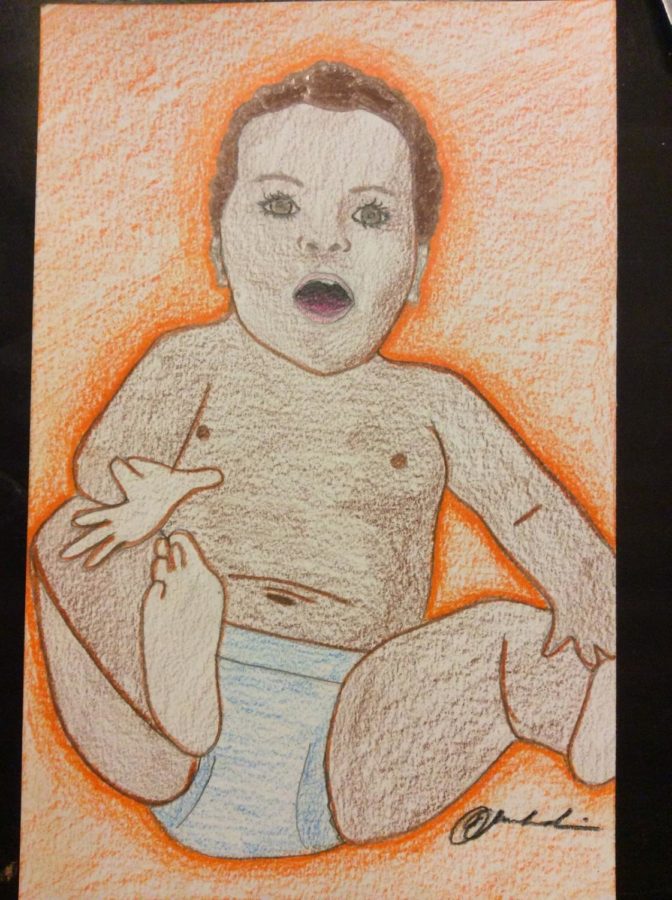Designer Babies: The Best or A Bust?
Picture by Ola Elmahdi
February 2, 2018
As new options become available for average people regarding medications and other groundbreaking advancements, speculators and professionals alike have begun to discuss the idea that certain procedures and advancements, while interesting to study, are unethical. One of the recent breakthroughs that has been under fire is the creation of “designer babies.” These babies are genetically engineered for certain traits, which may include physicality, gender, or disease susceptibility. Although designer babies were once only regarded as science fiction, they are now a reality, though the options for genetic engineering of embryos is currently still rather limited. However, this issue must be discussed before it develops further because the engineering of babies to create more desirable humans is indubitably unethical.
Genetically engineered babies are currently created via a process called in vitro fertilization, or IVF. IVF was created and is still used to help infertile women become pregnant. In simplified terms, IVF takes the egg and sperm of a couple and fertilizes them in a laboratory instead of inside of the woman’s body. The embryo develops in the laboratory for a few days before being implanted in the woman’s uterus. To screen embryos for genetic traits and select embryos that are not at risk of certain diseases, biologists use a type of IVF called preimplantation genetic diagnosis (PGD).
While screening embryos for potential illnesses is acceptable since it would lower the death rate of those with genetic diseases, the genetic engineering of embryos for physically desirable traits would have negative societal consequences.
The year 1996 brought with it the first widely publicized case of a child who had been genetically engineered to be more desirable. Monique and Scott Collins of Virginia desperately wished to conceive a female child after giving birth to two sons. The Collins used IVF to select the gender of their child and were featured in TIME magazine, which fueled public interest in the ethicality and possibility of the selection of traits such as eye color, hair color, and height.
Sex selection of babies could lead to issues in gender equality around the globe. While America and most European countries have taken long strides to raise the place of women in society, most countries still favor sons over daughters, especially in the Middle East and western Asian countries including India, Pakistan, and others. If this technology became available to families in those regions, the ratio of males to females would likely change drastically. According to Valerie Hudson, a professor in the Department of International Affairs at Texas A&M University, about 21 countries already have very skewed male to female ratios simply as a result of advanced ultrasounds and abortion clinics allowing families to abort females. Furthermore, many who cannot abort their daughters simply neglect them.
Hudson also states that, “In masculinized societies, there are issues such as rising violent crime rates, increasing rates of gang activity and rebel group activity, increasing prostitution and trafficking, and greater constraints on the movement of women.”
Choosing other physical traits could also create a wider gap between the rich and the poor in advanced countries like the U.S. Those with more wealth could afford to have children with traits that are deemed as superior. The poor, however, would not be able to afford such procedures, leaving their children socially disadvantaged for generations and further accentuating the already stark differences between the two classes. Numerous studies over the years have shown that appearance affects people’s likelihood of employment. This great gap would cause social tensions between the rich and poor to grow, potentially leading to a war.
Choosing the traits of children would only create gaps between genders and economic classes, reversing the progress regarding equality that countries have strived to achieve throughout history.




